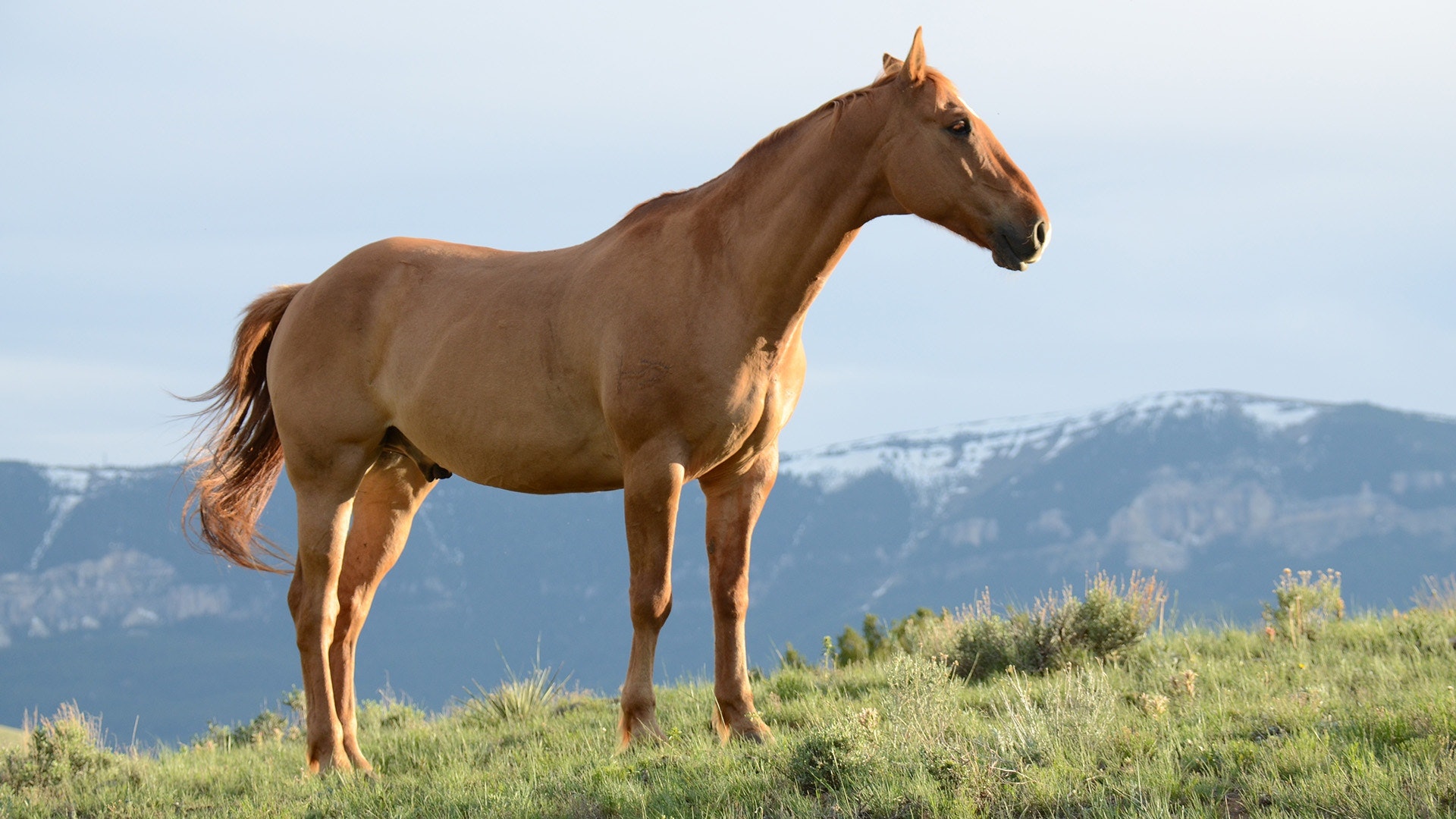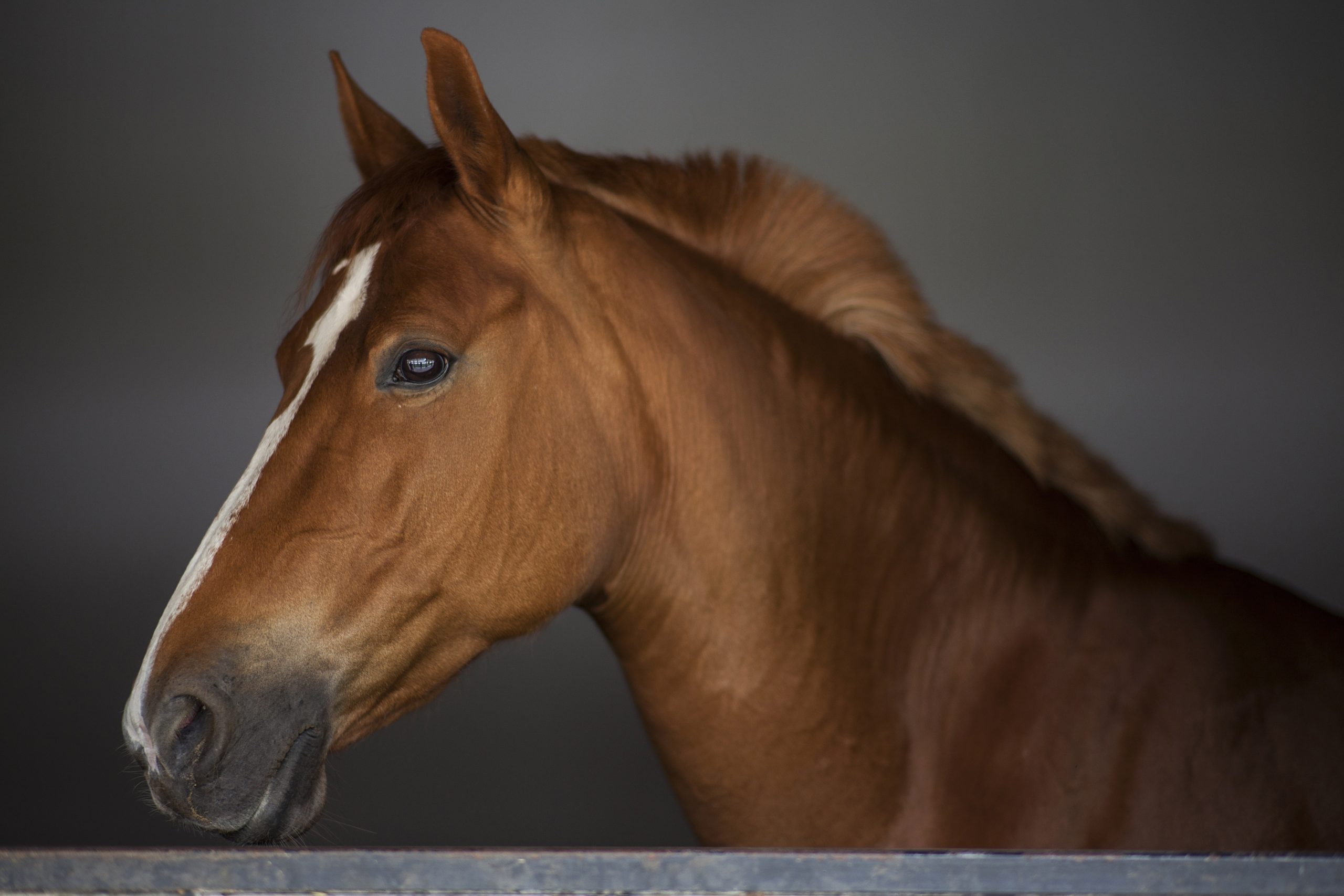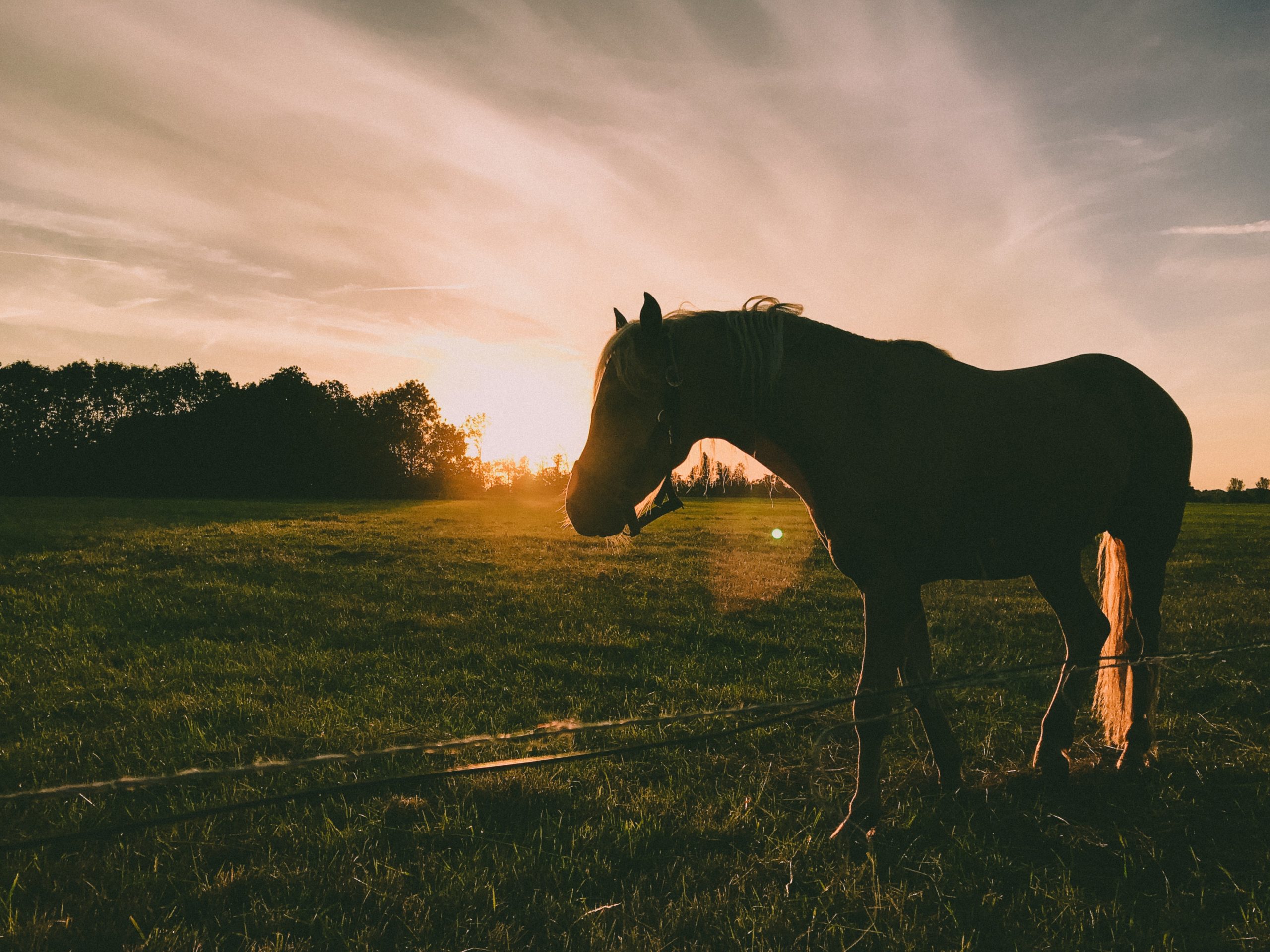Of all the common lameness problems that affect horses and ponies, laminitis and founder are most feared by horse owners. In fact, laminitis is the second biggest killer of horses after colic.
Laminitis occurs when the sensitive soft tissues connecting the pedal bone to the hoof wall (‘laminae’) are damaged. This allows the pedal bone within the hoof to ‘sink’ downwards and ‘rotate’ backwards.
Clinical signs
Laminitis most commonly affects the forefeet of the horse. Some of the most common clinical signs of laminitis include shifting weight from one foot to another, lameness and palpable heat in the feet with increased pulses in the digital arteries over the fetlock.
Affected horses often have an increased heart rate and respiratory rate, and may tremble, sweat or be visibly distressed.
The hooves are usually painful when pressure is applied over the toe region of the sole.
Bruised or dropped soles, widened white line, dished hooves, squashed heels or flat feet are also common.
Common causes
Laminitis is usually caused by overeating feeds rich in soluble carbohydrates (mainly found in cereal grains and lush spring or autumn pasture).
Feeds rich in starches and sugars can cause a digestive upset in the large intestine. These energy rich nutrients are usually digested in the small bowel, however if eaten in excess they spill over into the large bowel, where they are fermented by certain species of ‘bad’ bacteria. This results in production of lactic acid in the bowel.
As the acid builds up and the normal bacteria in the bowel die, toxic substances known asu00a0endotoxinsu00a0are released and enter the bloodstream. It is these endotoxins which are thought to damage the laminae.
Prevention of laminitis
Even if you have never experienced laminitis in your horse before, now is the time to make preventative changes in order to minimise your horse’s chances of succumbing to this potentially fatal disease.
Correct feeding, in conjunction with reducing acid build up in the bowel, are the most effective ways to prevent laminitis.
The basis of feeding horses with laminitis involves formulating a balanced diet high in fat and fibre while avoiding sugars (i.e. grains and carbohydrate-rich pastures).
This can be achieved by feeding mature lucerne hay that is typically lower in sugars and higher in protein than other hays. Always steer clear of giving cereal grain based feeds to laminitic horses.
Limiting the amount of pasture consumed by the horse will also help. Pasture sugar levels are lowest in the morning, so avoid grazing after about 11am.
Limit access to pasture to 90 minutes only in spring and autumn. Don’t allow laminitic horses to graze stressed short grass, frosted or drought recovering pastures as these may contain high sugar levels.
Products such as Founderguard containu00a0virginiamycinu00a0and can be added to the feed to help prevent laminitis from occurring. This works by suppressing the activity of the ‘bad’ bacteria which produce lactic acid, thus maintaining the gut microbes in the correct balance.
Founderguard is a preventative rather than a treatment and cannot correct any physical damage that has already occurred in the feet. However, following an attack of laminitis, Founderguard can help prevent the ‘flare-ups’ that frequently occur in the recovery period.
If you think you have a case of laminitis, call your veterinarian for advice. The sooner you call, the more likely you will be able to successfully treat your horse’s laminitis.





